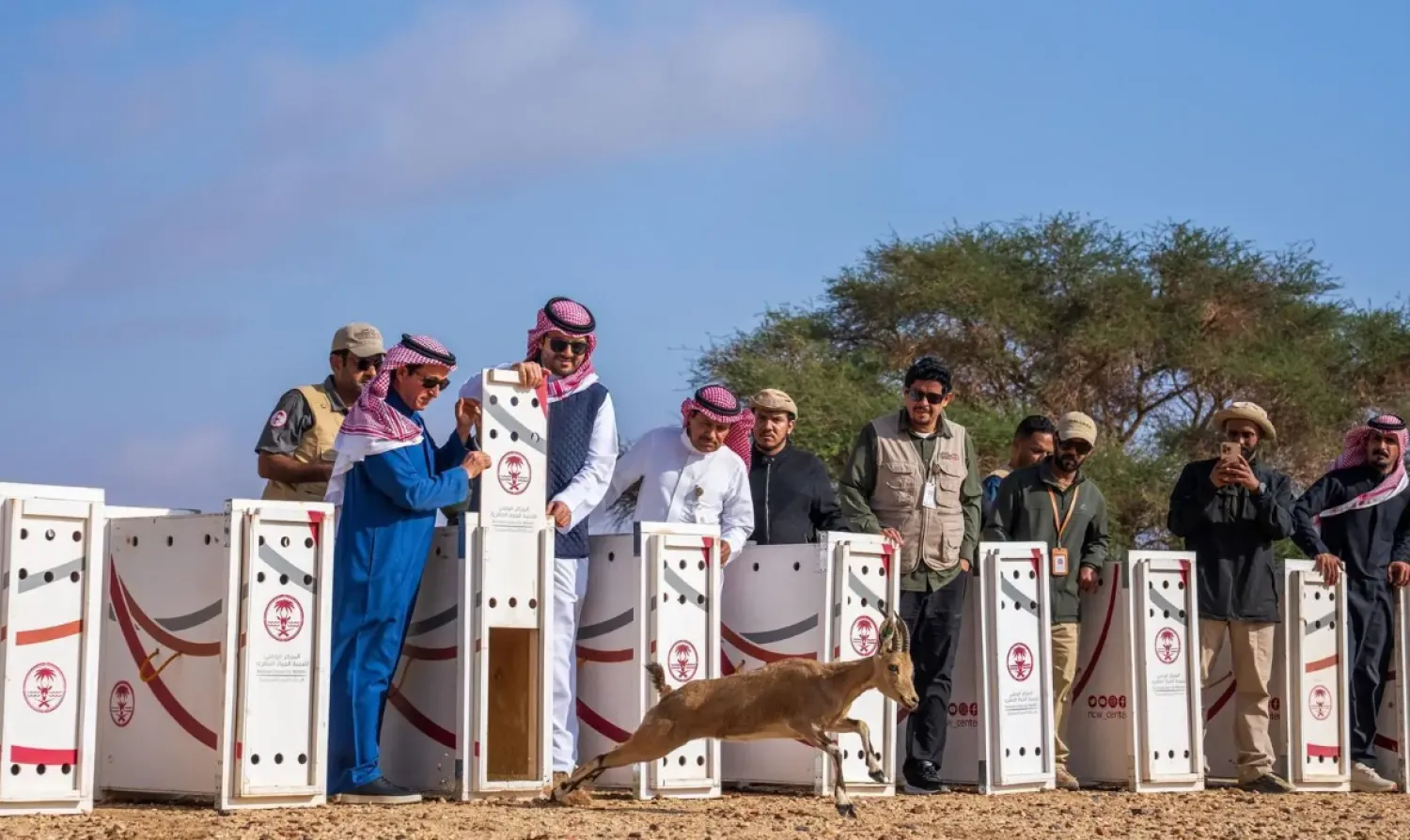Germany’s first hobby horsing championship got underway in Frankfurt on Saturday, with hundreds of young riders competing in time jumping, style jumping and dressage on their wooden stick horses.
Roughly 300 riders — mostly youngsters, but there are about 20 adults enrolled — are expected to canter around a gymnasium Saturday and Sunday, watched by 1,500 spectators. The competition is part of a growing wave of hobby horsing events internationally: the United States and Australia also held their first championships this year.
“Hobby horsing just gives me self-confidence and I just enjoy doing it with other people,” said Max Gohde, a 15-year-old competitor from Gifhorn, Germany, who has been practicing since 2020. “And now there’s also this atmosphere here, where everyone is just happy for you. And I think that’s just really cool.”
The events stemmed from a grassroots movement in Finland, where riders trotted their hobby horses through Nordic forests more than 20 years ago. The pastime has since exploded in popularity through social media during the height of the coronavirus pandemic, and it has been credited with highlighting female empowerment for the enthusiasts.
“Of course, when you see it like that, it looks funny at first. In fact, it really is a strenuous sport. It’s a mixture of athletics and gymnastics, and you need to be in good shape for it,” said Andreas Karasek, managing director of public relations of the German Hobby Horsing Association. He said there are currently about 5,000 active hobby horsers in Germany and 230 clubs.
Felicia Walter, 18, a hobby horsing fan from Wiesbaden, says she wants to take part in the championship next year. “And it used to be that we were laughed at for it,” she said. “But when you’re part of a larger group, I think it always works and especially now, when you see something like that, you get a feeling of togetherness.”
Britta Skott, who has been practicing for three years, thinks that the sport is “incredibly fun” and enables people to “live out their passion for horses without having to sit on real horses.”
Julia Mikkonen, head of the Finnish Hobbyhorse Association, said hobby horsing combines Finnish handcrafting culture — some riders make and decorate their own sticks and stuffed horse heads — with gymnastics and sport.
In Germany, the national hobby horsing association was established a year ago with just 13 members. Now there are more than 5,000 active athletes and more than 200 clubs across the country.
“It was very important to us to set an example and make the sport more popular,” said Kay Schumann, president of the German Hobby Horsing Association. “With the championship, which will be held every year from now on, we offer a goal that motivates hobby horsers to improve their performance and compete against each other.”
While organizers want to promote empowerment and acceptance through a positive and inclusive experience for competitors, critics have pounced on the activity. Many riders have faced bullying and misogynistic comments online. Other detractors say the pursuit is not a sport.
Mikkonen countered that just like in other sports, hobby horse riders need athleticism, strong core muscles and stamina to succeed.
Competitors in Germany this weekend will be judged on factors including precision, timing and elegance, according to the German Hobby Horsing Association’s website. Judges will award marks in the style and dressage contests, and the highest score wins.
For dressage, officials will be looking at the rider’s posture, skills and body positioning. Are they using elegant leg movements, with their toes touching the ground first? Are they using various speeds and gaits in their routine?
Style jumpers will also be judged on their posture, as well as jumping over the center of the obstacles, sticking the landing and keeping a steady pace.
Schumann said children and young riders brought hobby horsing to Germany through social media. They swapped videos and images with each other, and built a community around the shared interest.
“It spread like wildfire,” he added.









